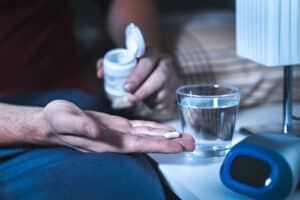
Illinois Treatment Center

In holistic healthcare, the use of acupuncture has transcended its traditional origins in Chinese medicine to become a respected complementary...

Signs Your Antidepressant Dose Is Too Low or Too High
Antidepressants are the third most commonly prescribed prescription medication in the United States; from 2005 to 2008, 11% of Americans...

Can you overdose on sleeping pills?
Sleeping pills may be prescription or non-prescription substances. Today, they are becoming more common among adults of all ages. In...

Types of Interventions for Addiction
There are conditions that people have where their issues could be fixed. If only the same individuals had reached out...
Real Reviews from Real Clients
At Illinois Recovery Center, prioritizing client care is our utmost concern. As you enter our facility, expect a heartfelt greeting from each member of our staff! We are committed to providing outstanding addiction treatment services and cultivating a supportive atmosphere conducive to sustained recovery. But don't just take our word for it... read what our clients have to say!



